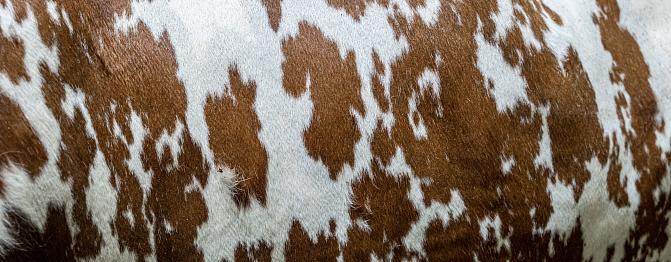
Proportion of neglect during sample-based production animal protection inspections
On this page
Significant development has taken place in animal production throughout Europe. Scientific research on the health and wellbeing of animals has provided volumes of new information about the preconditions of wellbeing and basic needs that are significantly important to animals. In addition, people's ideas of the values of animals and their correct treatment and handling have changed. Supervision, control and training have produced significant results. In the early 2000s, neglects in animal husbandry were registered in more than 30 per cent of all inspected farms, while in 2007–2009 the figure was roughly 20 per cent. In 2010–2013, the proportion of neglect increased close to 30 per cent, but decreased after that. From 2019 onwards, the share has been 25-30%, 37% in 2024.
During annual inspections, one farm is usually discovered where critical measures are needed to safeguard the wellbeing of animals. Severe animal protection cases may be caused by the mental exhaustion of the farmer.
Supervisory activities based on risks have been developed significantly in recent years. It should be noted that the more effective risk-based supervision is able to find any problems, the higher the number of neglect becomes.
The most common reasons for neglect are associated with spatial requirements and cleanliness on cattle farms, and with the lack of inspiring material and nesting material for sows on pig farms. In chicken production, insufficient lighting is the most common reason for neglect.
Training, information, agricultural investments and wellbeing incentives aim to improve the wellbeing of production animals.
Allow functional cookies to show the embedded graph.
Data collection
Description of the indicator
The indicator measures how the wellbeing of production animals has developed. It represents the number of neglects during sample-based inspections. Neglect may be related to incomplete accounting, the lack of inspiring material, structural defects or the lack of space considering the number of animals.
Every year, Finnish Food Authority collects information about production animal protection inspections.
This is one of the national impact indicators of the 2014–2020 Rural Development Programme for Mainland Finland.
The indicator will next be updated in autumn 2026.